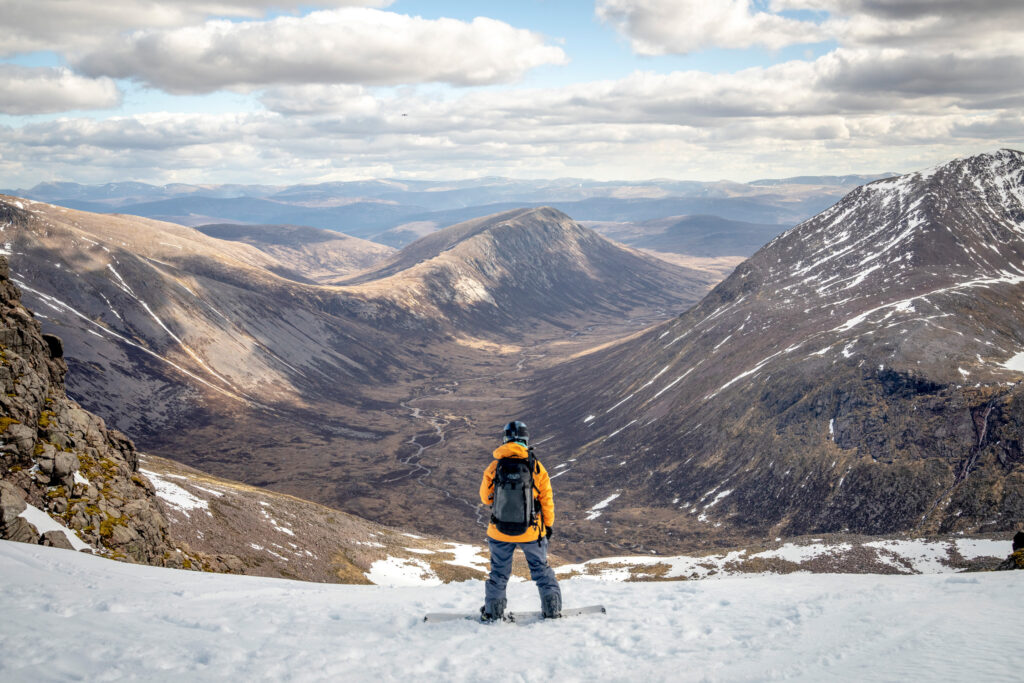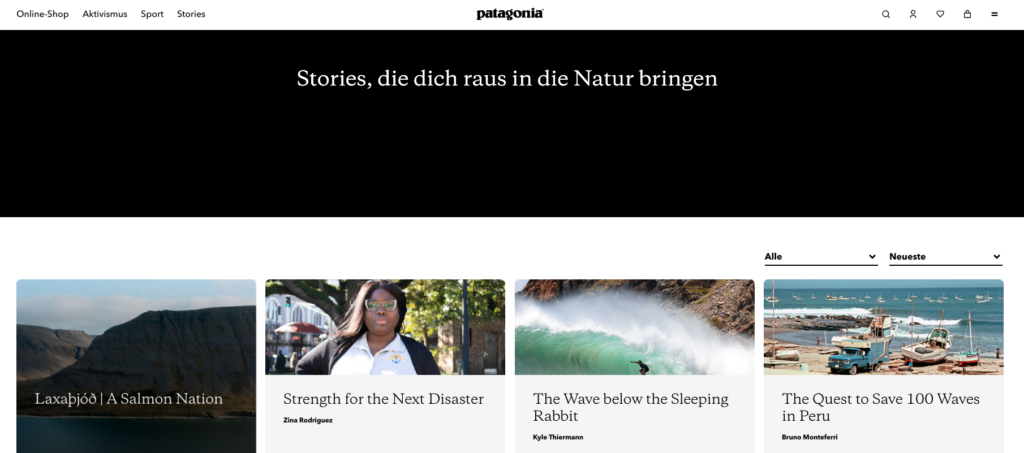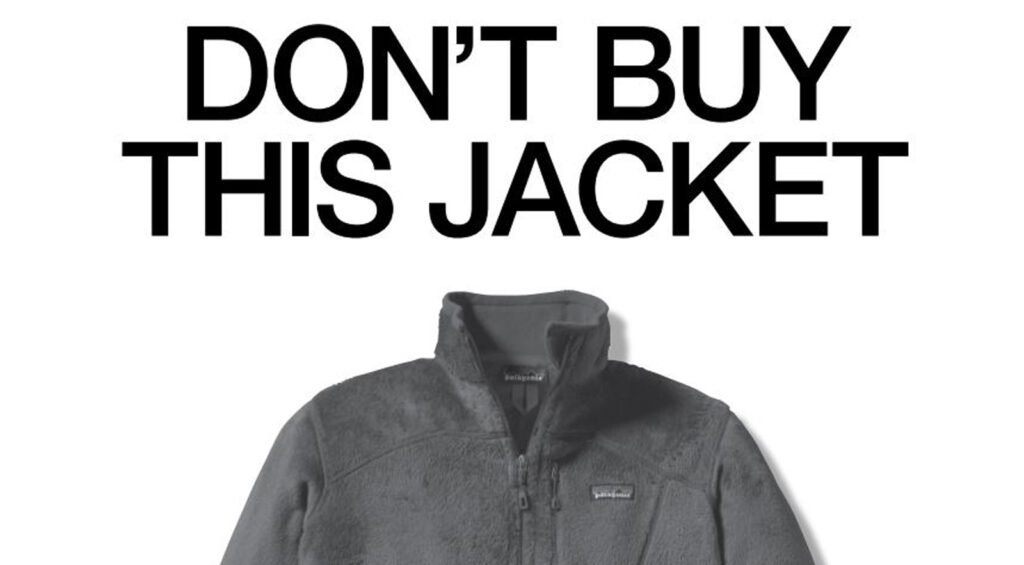Between peaks and stories: Patagonia’s narrative expedition
Patagonia is the name of a transnational region that stretches across the southern parts of Chile and Argentina. It is an area that attracts adventurers and nature lovers from all over the world. The breathtaking landscapes, including vast steppes, deserts, forests and mountain ranges, also made a deep impression on Yvon Chouinard in the 1970s. This is why the keen climber and outdoor enthusiast named his clothing company “Patagonia” in 1973. The name reflects the spirit of adventure, a love of nature and a commitment to environmental protection – values that still form the foundation of the brand today.

But how did an outdoor brand manage to become cool? Why do people not only wear Patagonia jackets when hiking, but also in hip cafés in Berlin’s fancy district Prenzlauer Berg? Because Patagonia has entered a league of its own when it comes to storytelling. What exactly is so unique and effective about it? Read and learn!
Start with why: A clearly defined purpose
“We are in business to save our home planet” is how Patagonia defines its purpose – the why of its existence. Building on this, the storytelling of the entire brand identity begins with a commitment to authenticity that is unrivalled. The stories the brand tells are deeply rooted in its brand values: environmental protection, sustainability and the tireless support of environmental activists.
Every item of clothing, every campaign, every social commitment tells a story that not only embodies the brand, but also takes customers on an emotional journey. This is because the brand does not present itself as a hero, but celebrates its role as a mentor. It leaves the stage to the protagonists behind the brand’s why: nature, sports enthusiasts and environmental activists.
The power of visual storytelling
Patagonia utilises the power of the visual. With breathtaking nature shots, some of which are of endangered areas, paired with carefully selected but thoroughly provocative words, the brand emphasises the narrative it wants to tell – without putting itself at the centre. Very few of the adverts are about Patagonia itself. It’s about a feeling. It’s about making the urgency of environmental protection not only understandable, but tangible.

Better together: Focus on the community
By providing a platform for its customers, employees and partner organisations and letting them tell their stories, Patagonia enriches the narrative ecosystem with these perspectives. By engaging the community, Patagonia creates a deeper and more personal connection because their stories are relatable. The audience can understand, empathise and identify with them. The fan base ranges from environmental activists, sports and travel enthusiasts to urban educated citizens. Patagonia’s mission is to unite this diverse mass behind its brand.
Practice what you preach: authenticity as the core of success
Although Patagonia does not put itself in the spotlight, the media spotlight is automatically directed at the brand from time to time. And this happens whenever it comes around the corner with an innovative, “extreme” or criticising campaign. Because what makes Patagonia so popular is its authenticity. In addition to several cases of greenwashing by other brands, Patagonia is recognised as being genuinely committed to sustainability.
In 2011, the marketing department ran the famous “Don’t Buy This Jacket” ad for Black Friday, encouraging people to think about their own (and socially normalised) consumer behaviour. For example, the brand offers a repair service to extend the life of its garments. Their website also has its own “activism” tab with links to environmental protection groups that you can join. This is how Patagonia awakens the spirit of activism in its fans.

Patagonia as a tireless rebel
Ten years later, in 2021, Chouinard made headlines around the world with his letter in which he announced: “The Earth is now our only shareholder.” The founder did not sell his billion-dollar company, but bequeathed it to Mother Earth. The entire profit (after reinvestment in the company) now goes to the non-profit organisation Holdfast Collective to help combat the environmental crisis. All voting rights are held by the Patagonia Purpose Trust, which bases every decision on the company’s values. Patagonia thus sets the bar high for itself and never tires of breaking new ground that was previously unusual in the business world.

Storytelling played out: Words are followed by deeds
Patagonia thus proves that effective storytelling is more than just telling stories. It’s about living values, provoking thought and inspiring action. Their approach shows how brands can build a real connection with their audience through authentic and passionate storytelling while making a positive impact on the world.
The true art of storytelling happens after the story has been told. Patagonia has managed to get people not just to buy jackets, but to interpret consumption as activism – and has thus played out storytelling.
At the same time, Patagonia doesn’t just talk the talk, it walks the walk, making it a prime example of an authentic brand. It is proof that it is possible to do business in a capitalist system without compromising the world we live in. It is proof that a brand becomes successful when its words and actions match.
You can find out which other brands besides Patagonia are committed to the good cause in our article on storyliving.
Share this article
Related articles

8 April 2025







